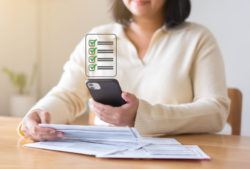If you’re a landlord, one of the most critical tasks you need to undertake is the rental inspection. Regular and thorough inspections allow you to keep key things about your property in top shape, ensure tenant safety, and maximise property value. Without a proper checklist, however, it’s easy to forget essential items or miss critical maintenance requirements. That’s why we’ve put together this comprehensive rental inspection checklist, which covers everything from scheduling the inspection to assessing the property’s safety features.
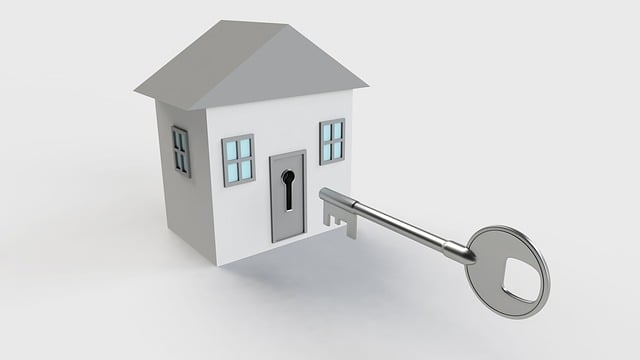
The Importance of a Thorough Rental Property Inspection
As a landlord, it’s your responsibility to provide a safe and comfortable living environment for your tenants. Regular property inspections are essential to identify issues and address them before they escalate into expensive problems. This gives you peace of mind that your property is in good condition, and your tenants are happy.
However, a rental inspection is not just about avoiding costly repairs or keeping your tenants happy. It is also about protecting your investment and ensuring the safety of your tenants. By conducting regular inspections, you can maintain your property’s value and avoid potential legal issues. If you have multiple rental properties that you own or happen to work in property management you’ll need a property inspection checklist as unique as the property inspections you need to carry out.
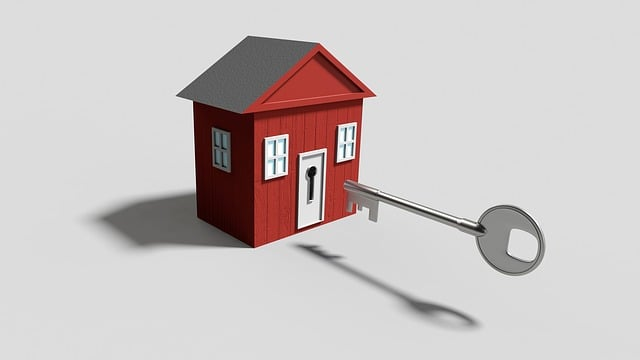
Protecting Your Investment as a rental property owner
Your rental property is a real estate investment, and a regular routine inspection is integral to preserving its value. By identifying and fixing issues promptly, you can avoid more significant problems that might require expensive repairs or even lead to tenant injuries or lawsuits.
For example, a small leak in the roof could lead to water damage and mould growth, which can be costly to repair and harmful to your tenants’ health. By catching the issue early on, you can fix the leak and prevent further damage to the property. You can also use this time to find issues caused by normal wear and tear.
Ensuring Tenant Safety
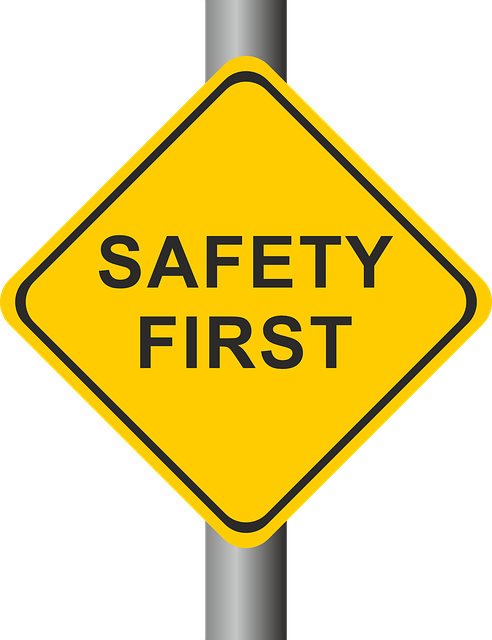
An essential aspect of your rental inspection checklist is assessing the property’s safety features. These include smoke alarms, carbon monoxide alarms, and fire extinguishers. (We also have a separate checklist for that!) Inspect these regularly to ensure they are in good working condition. Check that windows and doors open and close correctly and that handrails are secure.
Additionally, inspect the property’s electrical and plumbing systems to ensure they are functioning correctly and not posing any safety hazards. Faulty wiring or plumbing can lead to fires or water damage, which can be dangerous for your tenants.
Factoring in regular property inspections over a tenancy period helps you understand a property’s condition and issues of normal wear and tear and any potential problems that might arise which could affect tenant health.
Maintaining Property Value
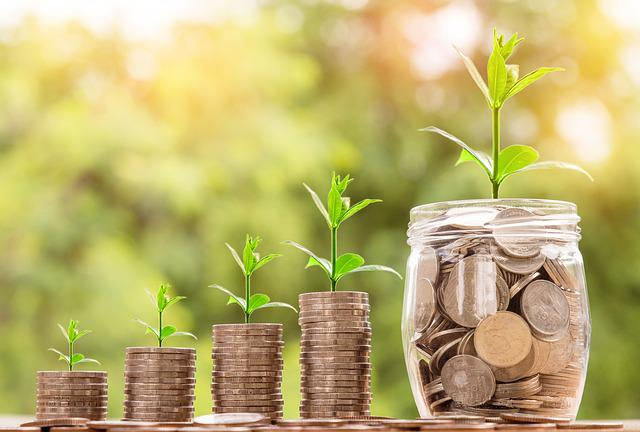
The physical condition of your rental property affects its value. By scheduling regular rental property inspections, you can maintain your property’s condition and seek advice from professionals if you notice anything that could decrease its value. Happy tenants are more likely to renew their lease agreements, reducing costly turnover expenses.
Regular inspections by property managers can also help you identify any necessary upgrades or renovations that can increase your property’s value and attract new tenants. For example, updating the kitchen or bathroom can make your property more appealing to potential renters.
Overall, a thorough rental inspection is crucial for protecting your investment, ensuring your tenants’ safety, and maintaining your property’s value. Make sure to conduct inspections regularly and address any issues promptly to avoid costly repairs and legal issues.
We have written another article recently on planned preventive maintenance. If you carry out seasonal maintenance you can get needed repairs done. Many landlords neglect to determine the current state of their properties.
Preparing for the Inspection
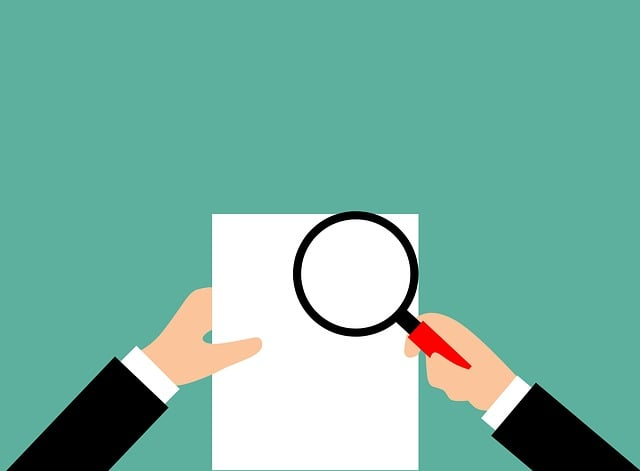
As a responsible landlord, it is essential to ensure that your property is well-maintained and habitable for your tenants. One of the ways to achieve this is by conducting regular inspections. An inspection helps you to identify any issues that may require repair or maintenance, and it also gives your tenants the opportunity to raise any concerns they may have about the property.
Scheduling the Inspection
When scheduling the inspection, it is crucial to choose a time and date that works for both you and your tenants. Keep in mind that your tenants have busy schedules, so provide them with ample notice – at least 48 hours beforehand – explaining the reason for the inspection and the estimated time it will take. Try to schedule the inspection during normal business hours to avoid inconvenience.
Additionally, consider the season and weather conditions when scheduling the inspection. For instance, if you plan to inspect the roof, it is best to avoid scheduling the inspection during the rainy season.
Notifying Tenants
When notifying tenants about the inspection, use a written notice and communicate the date, time, and purpose of the inspection. Provide them with a checklist of everything you plan to inspect so they can prepare their living spaces beforehand. Encourage them to ask any questions they may have and to raise any concerns they may have about the inspection.
It is also equally important to assure your tenants that the inspection is not an attempt to invade their privacy but rather a routine check to ensure that the property is safe and habitable.
Gathering Necessary Tools and Documents
Before the inspection, gather the necessary tools and documents, such as flashlights, ladders, a clipboard, and a checklist. Ensure that you have enough copies of the checklist for each tenant.
Draw up a list of work orders if necessary, to ensure you don’t forget anything significant. This list will help you to keep track of any potential repairs or maintenance issues that need to be done after the inspection.
Remember to dress appropriately for the inspection. Wear comfortable shoes, especially if you plan to inspect the roof or crawl spaces.
By following these steps, you can ensure that the inspection runs smoothly and that you identify any issues that may require repair or maintenance. Regular inspections not only help you to maintain your property but also ensure that your tenants are safe and comfortable in their living spaces.
Exterior Inspection
When it comes to inspecting the exterior of a property, there are several key areas to focus on to ensure everything is in good working order. Here are some additional details to keep in mind when conducting an exterior inspection:
Roof and Gutters
Checking the roof for damage is crucial, as it is one of the most important components of a property’s structure. In addition to looking for leaks, missing shingles, or weak spots, it’s also important to inspect the flashing around chimneys, vents, and skylights. This can help prevent water from seeping into the property and causing damage.
When inspecting gutters and downspouts, be sure to look for clogs or damage. Clogged gutters can lead to water damage and even structural issues, so it’s important to ensure they are functioning properly. Additionally, make sure that gutters and downspouts are properly secured to the property to prevent them from detaching during heavy rainstorms.
Walls, Windows, and Doors
Inspecting the exterior walls, windows, and doors is also crucial to ensure the property is well-maintained. Look for cracks, damage, and gaps in the walls that could lead to water damage or pest infestations. When it comes to windows and doors, make sure that all locks and handles are in good working order and that the weatherstripping is intact. This can help keep the property energy-efficient and protect it from the elements.
Landscaping and Outdoor Amenities
As you take a walk around the property, pay attention to the landscaping and outdoor amenities. Look for overgrown bushes or tree branches that could pose a safety hazard, and trim them back as needed. Inspect decks, balconies, and railings for stability and damage, and make any necessary repairs. Additionally, check any outdoor lighting fixtures to ensure they are working properly and replace any burnt-out bulbs.
Parking and Walkways
Finally, inspect the condition of all outdoor walkways and parking areas. Check for cracks, potholes, and other trip hazards, and make repairs as needed. If there are any steps or stairways on the property, make sure that they have handrails and are properly secured to prevent accidents.
Interior Inspection
When conducting an interior inspection, it’s essential to assess the property’s structural elements thoroughly. This includes examining the foundation, walls, ceilings, and floors. Look for any cracks, water damage, or bowing, as these could indicate underlying issues that need to be addressed. It’s also important to test all doors and windows to ensure they open, close and lock correctly, as this can impact the property’s security and energy efficiency.
Plumbing and Electrical Systems
The plumbing and electrical systems are critical components of any property and should be inspected carefully. This includes examining the hot water heater, sump pump, and well system for any signs of leaks, damage, or rust. Additionally, it’s essential to ensure that all circuit breakers and fuses are functioning correctly, as this can impact the safety of the property and its occupants.
When inspecting the plumbing system, it’s also important to check for proper drainage and water pressure. Low water pressure could indicate a clog or other issue that needs to be addressed. Additionally, it’s essential to check all faucets, sinks, and toilets for leaks or other damage.
Appliances and Fixtures
Inspecting all appliances and fixtures is an essential part of any interior inspection. This includes examining the oven, microwave, refrigerator, sinks, and toilets for any signs of damage or wear. It’s also important to ensure that everything is clean and in good working condition. When inspecting the toilets, be sure to flush them to ensure they’re working correctly. If any appliances or fixtures are not in good working condition, it’s essential to address them promptly.
See more Helpful Content
Visit our Homepage

